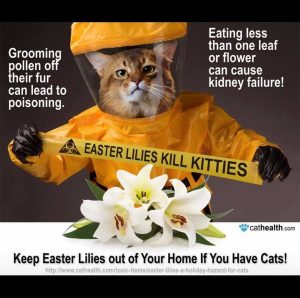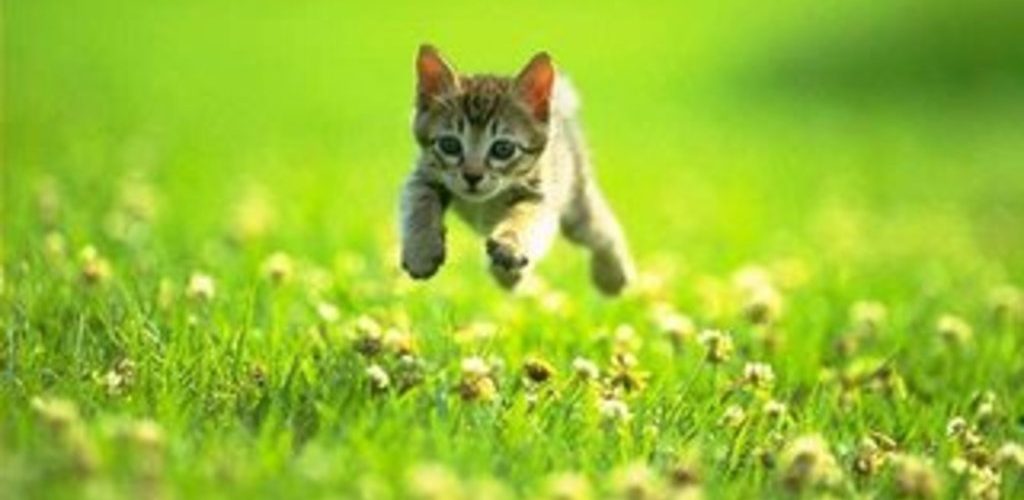
As you head into the garden to plant bulbs or clip fresh flowers, it’s important to keep in mind that some plants and fertilizers can be toxic to your pet in the springtime.
Poisonous Plants for Dogs
The first plants poisonous to dogs aren’t even ones you might expect. Spring flowers with bulbs, like tulips, daffodils, Narcissus, and hyacinths, can be particularly dangerous to dogs, especially the skin at the bottom of the bulb. Whether they dig them up from a garden or snack on some bulbs waiting to be planted, ingesting these flowers in large amounts can cause nausea, vomiting, and diarrhea. More severe symptoms as a result of larger ingestions can include increased heart and respiratory rate, foreign body obstructions, and, in rare cases, cardiac arrhythmias.
Poisonous Plants for Cats
You may have heard that you need to watch out for lilies around your cat, and if you haven’t already, now’s the time to start being cautious. While there are some benign species of lily that are safe for cats, many of the very common varieties for spring, including tiger, day, Easter, stargazer, red, and wood lilies are highly toxic to cats.
Depending on where you live, tiger lilies are the first to bloom and people will often cut these fresh flowers and bring them into their homes. The pollen, leaves, stems, and even water from the vase of these lilies can cause severe kidney failure in cats. Signs of lily poisoning include lethargy, vomiting, diarrhea, and seizures.
Crocus plants, particularly the spring crocus, can cause gastrointestinal issues in cats including vomiting and diarrhea. The less common autumn crocus is also highly toxic. While it does not cause kidney failure, lily of the valley is also dangerous to pets and can cause vomiting, decreased heart rate, and severe cardiac arrhythmias.
Dogs are more likely to dig up bulbs planted in organic fertilizers, which are more dangerous than other fertilizers. While they’re a great natural source of nitrogen and utilize unused animal products, they’re often made of bone, blood or feather meal — an appetizing combination of aromas to a dog that will often eat the fertilizer along with the poisonous bulbs. Organic fertilizers on their own are not life threatening, but if ingested in large quantities they can obstruct a dog’s stomach and cause vomiting, diarrhea, and pancreatitis.
Tips for Staying Safe
Though you and your pets may have suffered from months of cabin fever and are dying to get outdoors, make sure to be smart about where you exercise your pets and watch out for any toxic plants they can get into. Exercise your dog in a fenced-in yard or dog park, and if your dog does ingest something foreign, bring him or her home and call your vet or the pet poison helpline right away to determine the best course of action.
While you may have the best intentions for your cat, do not use any flea and tick medications that are meant for dogs. Cats are unable to metabolize drugs as well as dogs, so some medications that are safe for dogs can cause seizures in cats. Read labels carefully and always use animal-specific topical flea and tick medications.
Hopefully these tips will help you avoid plants that are poisonous to dogs and cats, especially yours.
Visit the Pet Poison Helpline for more details on pet poisoning.


